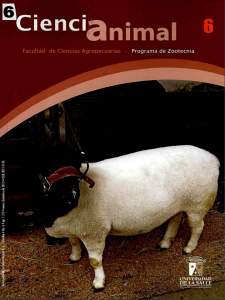Abstract
The pigeon (Columba livia) was domesticated several centuries ago and has a special place in many cultures as a symbol of peace, love, and faithfulness, as well as a decoration in squares and parks. It is characterized by its high reproductive success and gentleness, which is significant for its adaptation and survival. Its high population density has forced them to seek shelter and food in different places, which poses some serious threats to public health, resulting from its role as a reservoir and transmitter of zoonotic diseases. The purpose of this paper was to review the issues related to the pigeon’s role in the transmission of zoonotic diseases. For this purpose, the literature was reviewed, based on data from the Virtual Health Library (Bireme), PubMed and Science Direct. Results indicate an association between direct contact with the pigeon and the appearance of disease in humans: Some important pathogens involved in the appearance of diseases are Chlamydophila psittaci, responsible for human psittacosis; Cryptococcus neoformans; microsporidia, among others. Likewise, it was found that the pigeon can act as a reservoir and transmitter of significant external parasitosis and viruses for public health. It was not possible to retrieve information on the national context; therefore, further study and analysis of these findings through applied research is required, which should allow generating knowledge about these diseases in order to help to control and prevent them in Colombia.Downloads
Download data is not yet available.



